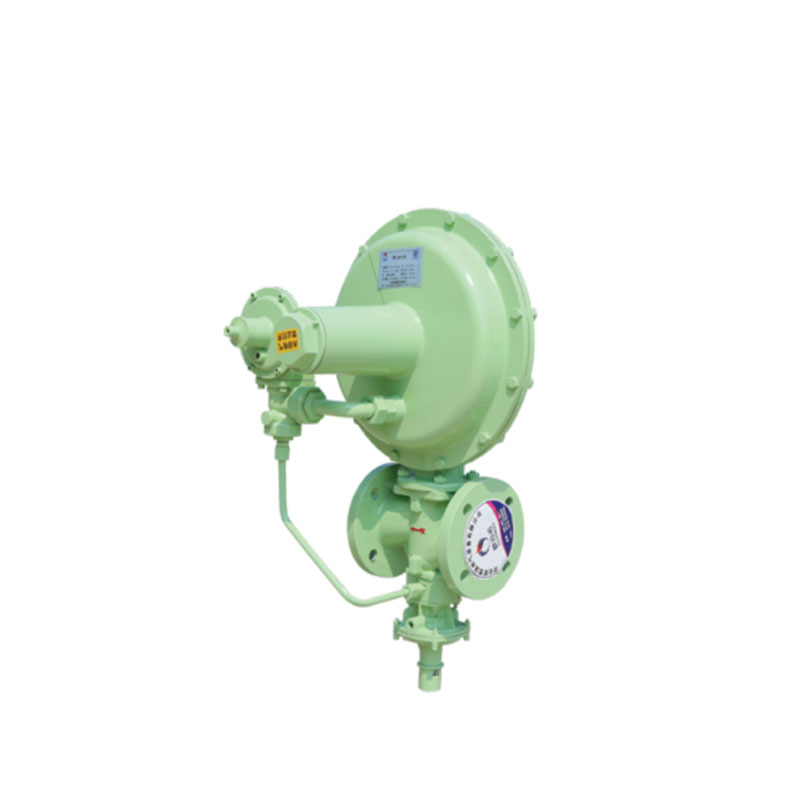
Nov . 09, 2024 00:44
Back to list
Gas Pressure Regulator Understanding Its Function and Importance in Systems
Understanding Gas Pressure Regulators Function and Application
Gas pressure regulators play a crucial role in the safe and efficient use of gas in various applications, from industrial processes to home heating systems. These devices are essential for controlling and maintaining the pressure of gas as it flows from a storage source to its point of use. Understanding the function and application of gas pressure regulators can help us appreciate their significance in both commercial and residential settings.
What is a Gas Pressure Regulator?
A gas pressure regulator is a mechanical device designed to reduce the pressure of gas from a high-pressure source, such as a gas cylinder or pipeline, to a lower, usable pressure. The primary purpose of a regulator is to ensure a consistent and safe gas pressure supply, preventing equipment damage or hazards associated with excessive pressure. Regulators are commonly used in various sectors, including healthcare, manufacturing, and residential heating.
How Do Gas Pressure Regulators Work?
Gas pressure regulators operate based on a relatively simple principle. They consist of an inlet and an outlet, with a diaphragm, spring, and control mechanisms in between. When high-pressure gas enters the regulator, it pushes against a diaphragm, which in turn compresses a spring. The spring’s tension determines the outlet pressure; when pressure exceeds the set point, the diaphragm moves to close the valve, restricting gas flow until the pressure lowers to the desired level. This dynamic balance allows the regulator to adjust seamlessly to changes in demand.
Types of Gas Pressure Regulators
There are several types of gas pressure regulators, each designed for specific applications
.
2. Two-Stage Regulators These devices offer a two-step reduction in pressure, first lowering it to an intermediate level and then to the final low pressure. They are ideal for applications needing precise pressure control, especially where gas consumption fluctuates significantly.
منظم ضغط الغاز

3. Specialty Regulators These regulators cater to unique requirements, including those for high-purity gases, corrosive gases, or specific temperature ranges. They often feature additional controls and materials designed to maintain the integrity of specific gas types.
Applications of Gas Pressure Regulators
Gas pressure regulators find applications in various fields
- Industrial Use In manufacturing and chemical plants, regulators are essential for maintaining optimal gas pressures for processes such as welding, cutting, and chemical reactions. They ensure safety and efficiency by preventing pressure fluctuations that can lead to equipment failure or accidents.
- Medical Applications In healthcare, gas regulators are critical for delivering medical gases, such as oxygen and nitrous oxide. They allow for precise control of gas flow to ensure patient safety and treatment efficacy.
- Residential Use In homes, gas pressure regulators are commonly used in natural gas and propane systems for heating, cooking, and hot water. They help maintain a steady gas supply, providing comfort while ensuring safety.
Importance of Proper Regulation
The importance of gas pressure regulation cannot be overstated. Over-pressurization can lead to severe consequences, including equipment failure, gas leaks, and even explosions. Ensuring that regulators are properly installed, maintained, and calibrated is vital for safety. Regular inspections and adherence to industry standards help mitigate risks associated with gas usage.
Conclusion
Gas pressure regulators are indispensable components in many applications that rely on gas. Their ability to ensure a consistent and safe gas supply underpins various critical sectors, from healthcare to industrial manufacturing. As technology advances, regulators continue to evolve, incorporating smarter materials and controls, thereby enhancing their efficiency and safety. Understanding how these devices work and their importance can guide users in selecting the right regulator for their specific needs, ultimately promoting safety and operational efficiency in gas use.
Latest news
-
Safety Valve Spring-Loaded Design Overpressure ProtectionNewsJul.25,2025
-
Precision Voltage Regulator AC5 Accuracy Grade PerformanceNewsJul.25,2025
-
Natural Gas Pressure Regulating Skid Industrial Pipeline ApplicationsNewsJul.25,2025
-
Natural Gas Filter Stainless Steel Mesh Element DesignNewsJul.25,2025
-
Gas Pressure Regulator Valve Direct-Acting Spring-Loaded DesignNewsJul.25,2025
-
Decompression Equipment Multi-Stage Heat Exchange System DesignNewsJul.25,2025

